At Angel Aviation, we believe a skilled seaplane pilot needs more than just soft landings and scenic routes — they need a solid command of water operations, floatplane systems, and maritime navigation.
Whether you’re docking in the Pacific Northwest or taxiing across a calm Alaskan lake, this guide covers the essential systems knowledge and water-based procedures your DPE expects you to know. It’s your go-to checklist for acing the seaplane portion of your Private Pilot License (PPL) or ASES (Airplane Single Engine Sea) rating.
Why Water Operations & Seaplane Systems Matter at Angel Aviation
Seaplane flying adds a whole new dimension — literally. You’re no longer just thinking in terms of runways, but currents, wind direction, water conditions, and boat traffic.
Understanding seaplane systems and maritime operations isn’t just about passing your checkride — it’s about staying safe in an environment that constantly changes.
During your checkride, your DPE will test how well you understand both your aircraft and the aquatic world you operate in. You’ll be expected to explain docking techniques, recognize float system failures, and understand the marine right-of-way rules just like a captain at sea.
Key Water Operation Topics You’ll Be Quizzed On
1. Float and Hull Systems
Be able to explain:
- The difference between straight floats and amphibious floats
- How float compartments are watertight and how to inspect for leaks
- Water rudder systems — when to deploy/retract and how they assist in taxiing
- Emergency procedures for a punctured float or flooding
💡 Checkride Tip: Expect to be asked about preflight inspections of the float compartments — including checking bilge pumps or drain plugs.
2. Taxiing, Takeoff, and Landing on Water
Know how to handle:
- Glassy water landings — no depth perception, high risk of porpoising
- Rough water takeoffs — managing step turns and minimizing pounding
- Plowing, step, and idle taxi techniques and their effects on control
- How wind and water currents affect taxi direction and turning radius
📘 Scenario Practice:
“You’re on step taxi and suddenly feel excessive drag — what’s happening?”
3. Seaplane Bases & Docking Procedures
Familiarize yourself with:
- Operating at seaplane bases (how to radio in, dock, moor, beach)
- Mooring techniques and how to secure your seaplane in current or wind
- Use of docking ropes, bumpers, anchors, and wind planning for safe approach
💡 Pro tip: Demonstrate how to plan your docking direction based on wind and current. Docking into the wind is ideal for control.
4. Maritime Rules & Right-of-Way
Know your “Rules of the Road”:
- A seaplane must not endanger vessels and must yield when taxiing like a boat
- Understand right-of-way rules between powerboats, sailboats, and seaplanes
- Learn navigation lighting requirements during dawn/dusk water operations
⚠️ Checkride Scenario:
“You’re taxiing in a narrow harbor and a sailboat is crossing your path. Who has the right of way?”
5. Marine Aids to Navigation (ATONs)
You should be able to identify:
- Buoys and beacons — what colors, shapes, and numbers mean
- ICW Markings (Intracoastal Waterway) and local hazard markers
- How to read a marine chart and interpret current flow and depth
- Understanding no-wake zones, restricted areas, and wildlife protections
💡 Checkride Tip: Bring a basic understanding of local waterway charts if your checkride includes a flight on public waters.
Emergency Procedures You’ll Be Asked to Explain
Prepare for common floatplane-specific emergencies:
- Engine failure after takeoff over water — how to safely glide and land
- Water rudder jammed — how to compensate using differential power and aileron/rudder inputs
- Float flooding — how to recognize asymmetric drag or sluggish performance
- Porpoising or bouncing during landing — how to prevent and recover
🧭 Scenario Drill:
“You land on a lake, and your left float starts flooding. What are your immediate actions?”
Systems-Specific Knowledge for Seaplane Pilots
You’re still responsible for general aircraft systems — but be ready to discuss how water ops affect them:
- Corrosion control — especially with saltwater operations
- Landing gear (for amphibious aircraft) — hydraulic vs. electric, and gear position warnings
- Engine cooling during long idle taxiing on hot days
- Magneto and ignition systems — and how moisture can impact performance
💡 Checkride Tip: Your DPE might ask, “What checks would you do before transitioning a landplane to seaplane ops?”
Scenario-Based Water Ops Questions We Practice
At Angel Aviation, we prep you for real-life decision-making:
- “You’re landing on a lake surrounded by trees. Where’s your best glassy water landing path?”
- “You see a swimmer near your intended takeoff run — what do you do?”
- “Your water rudder line snaps mid-taxi. How do you steer?”
- “You’re approaching a dock with strong crosswinds. How do you adjust?”
Resources Every Angel Seaplane Pilot Uses
We train with:
- FAA Seaplane Operations Handbook — your water flying bible
- POH Water Ops Sections — know your aircraft’s limitations
- Marine Charts & Local Notices to Mariners
- On-the-dock briefings and step-by-step float inspections
Final Checkride Prep: Think Like a Pilot, Float Like a Pro
At Angel Aviation, seaplane operations are taught with the same purpose-driven mentality we bring to all flight training. You’re not just learning how to fly a plane — you’re learning how to operate in an entirely different domain with new rules, risks, and rewards.
Whether it’s executing a textbook-perfect glassy water landing or docking confidently in gusty winds, mastery of systems and water operations makes you a more versatile, safer pilot.
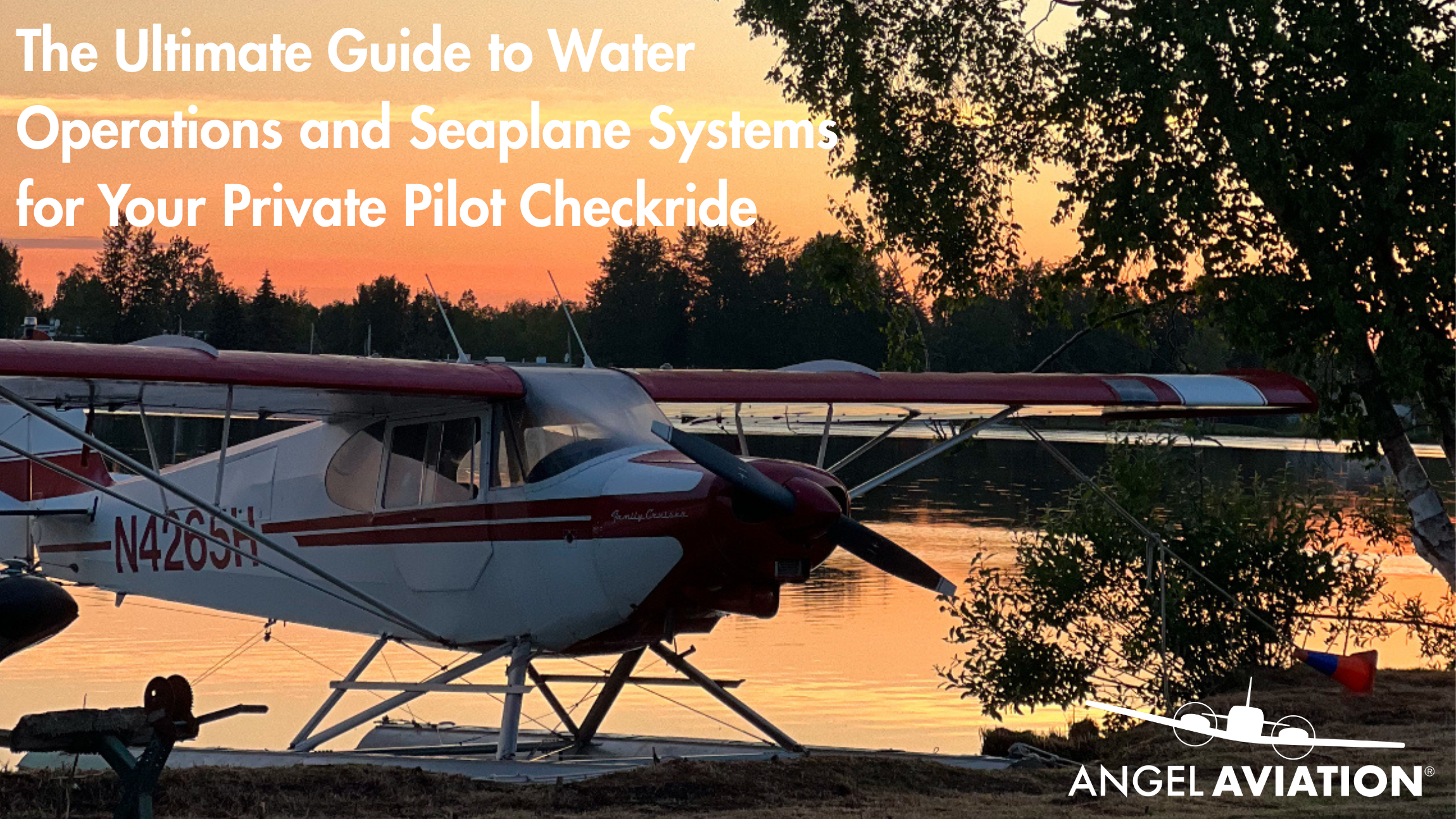
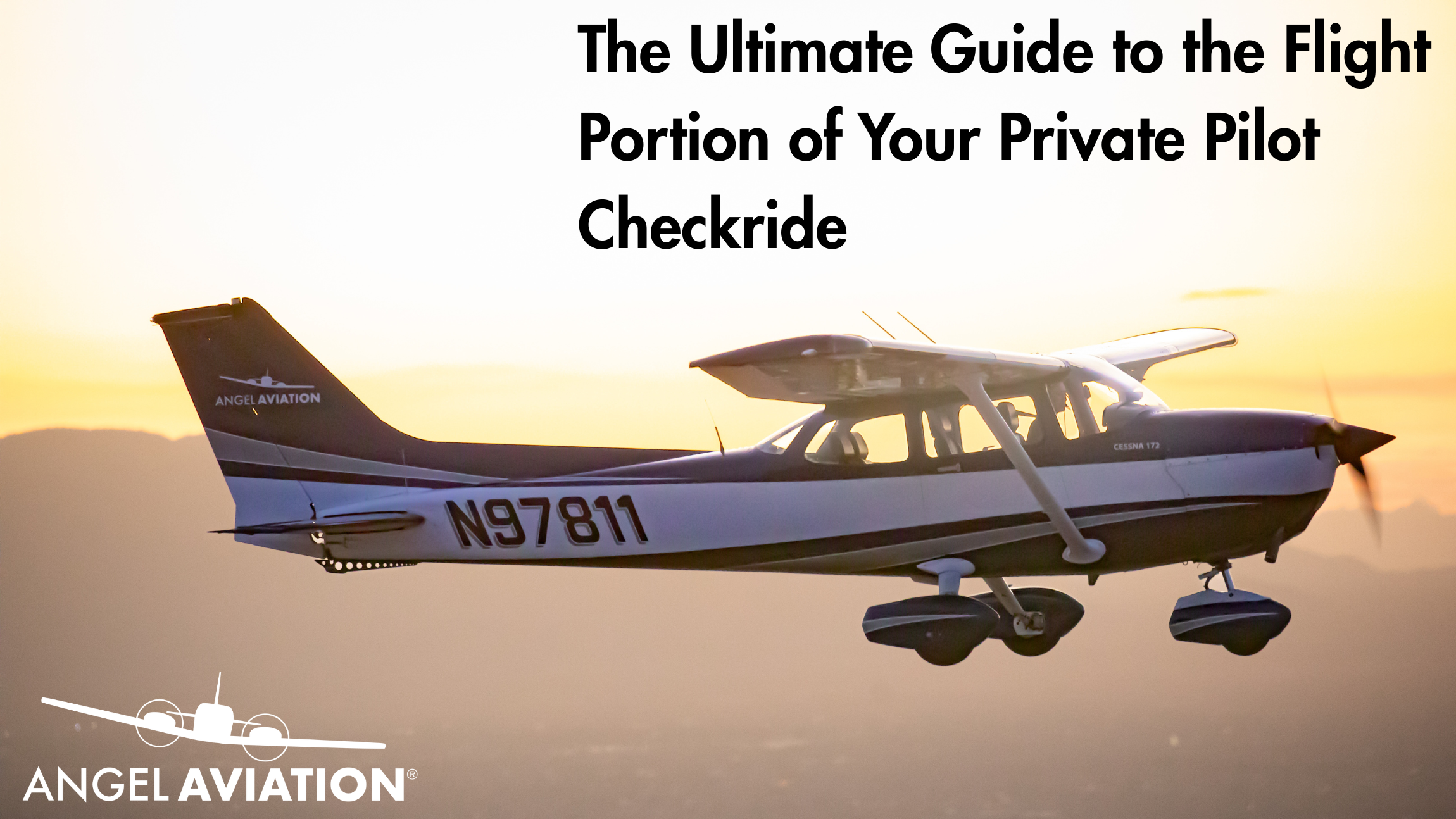

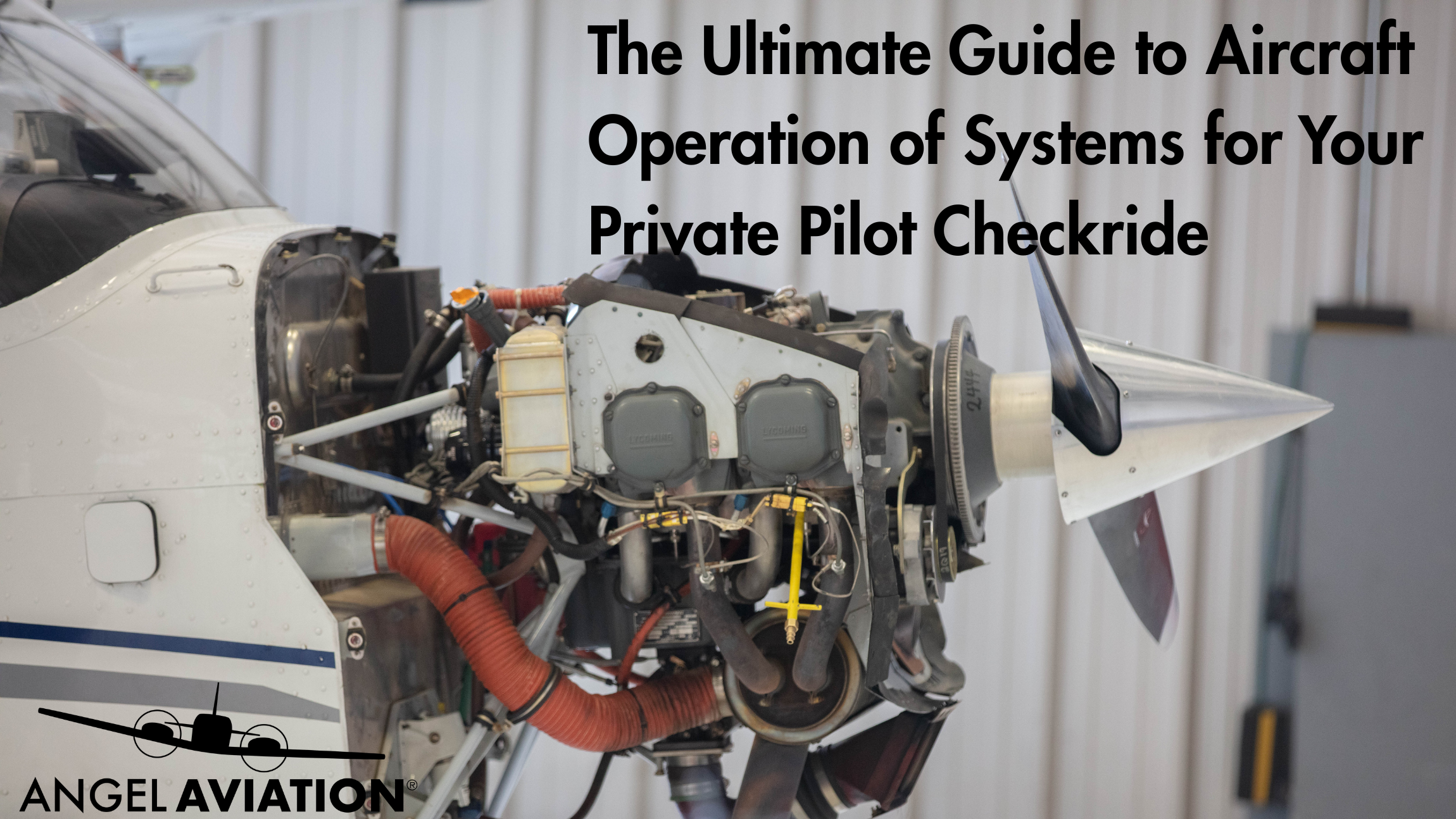
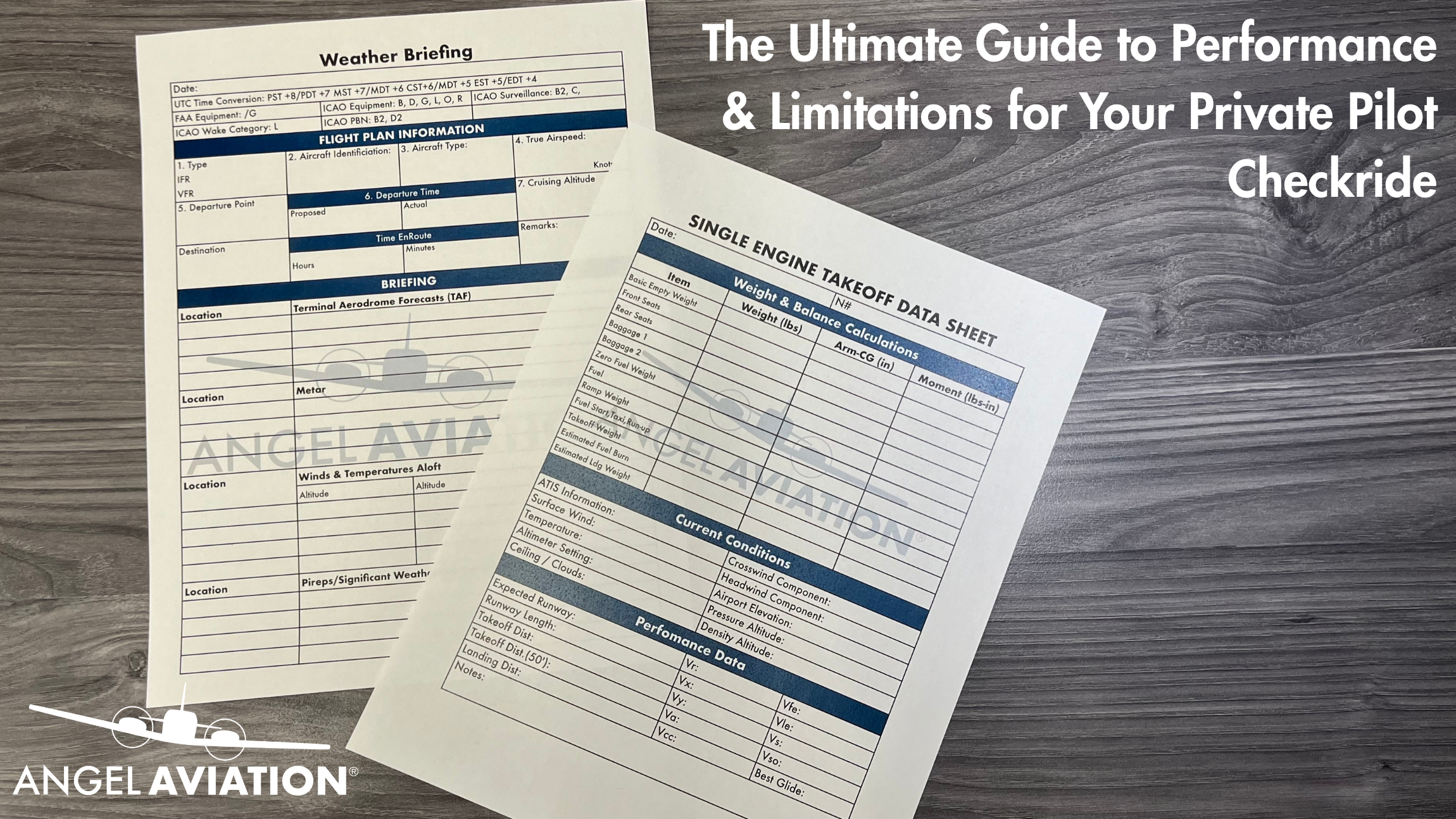
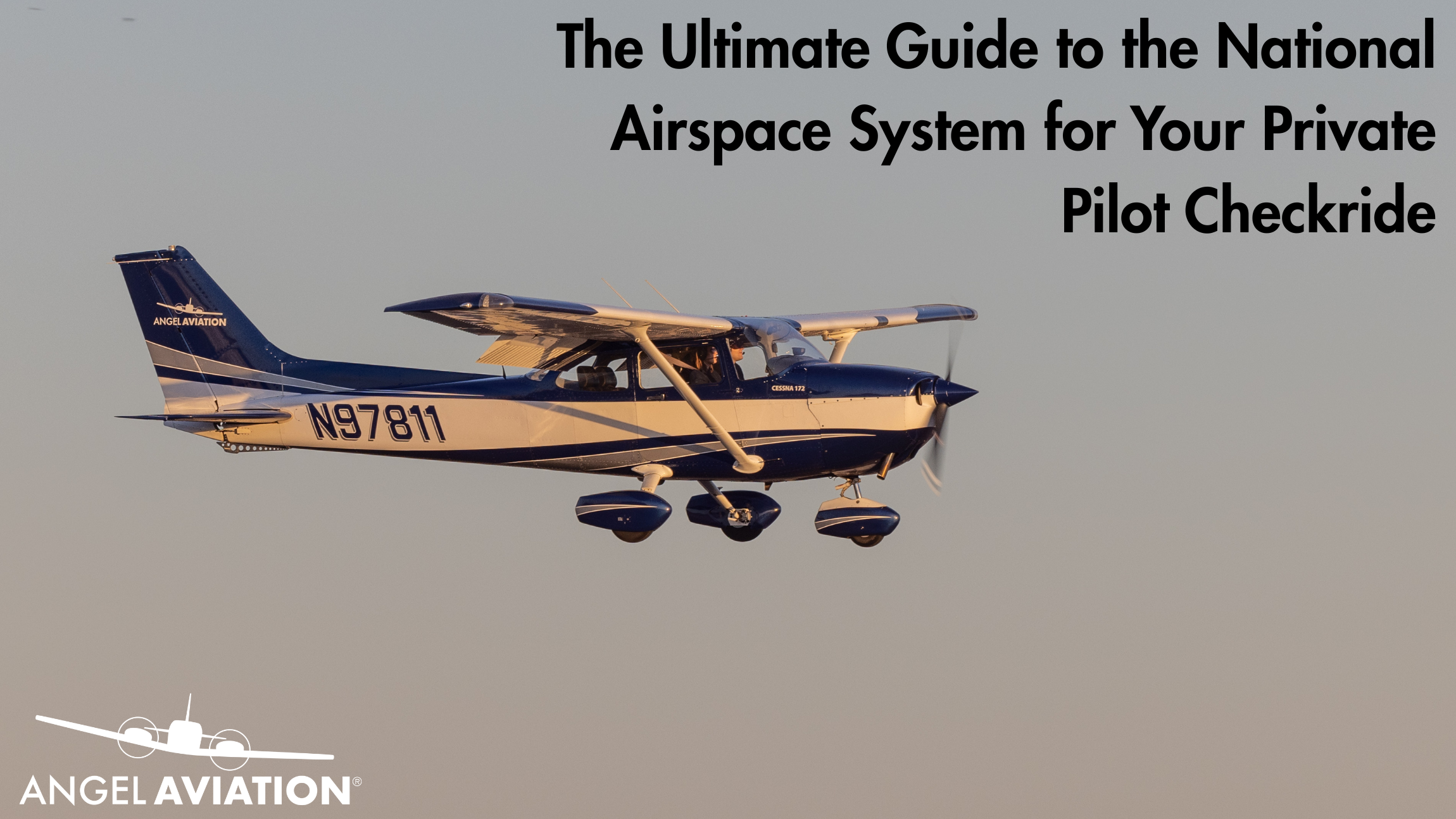
Leave A Comment